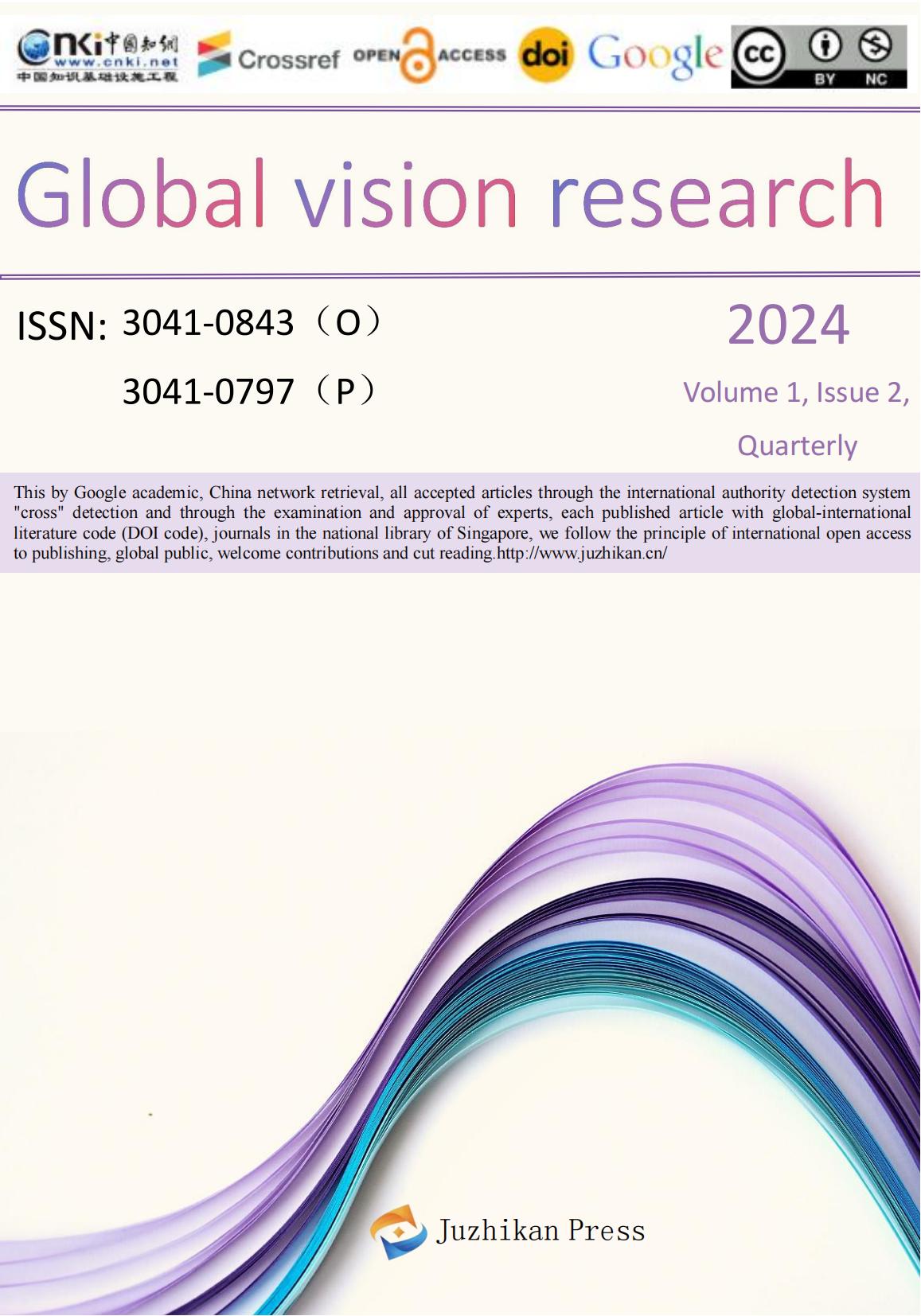 65 84368249
65 84368249 info@juzhikan.asia
info@juzhikan.asia 65 84368249
65 84368249 info@juzhikan.asia
info@juzhikan.asia
Cultural Capital and Art Brand Value: A Comparative Analysis of Art Market Dynamics in China and the U.S.
Deqing Cheng 1,2 Sai Xu 2,3 Gi Young Chung2*
1 Anhui University of Finance and Economics , Anhui Province, Bengbu China , 233030;
2 Department of Business Administration Sehan University, Mokpo Jeollanam-do South Korea , 58613;
3 School of Economics and Finance,Bengbu College of Technology and Business,Bengbu Anhui Province China , 233010;
Abstract:This paper systematically compares the role of cultural capital in shaping art brand value in China and the United States from 2018 to 2023. Based on the latest market data, policy trends, and digital engagement metrics, the study first provides a detailed comparison of art market structures and the distribution of cultural capital indicators in both countries. It is observed that Chinese art markets traditionally rely on institutional endorsement and bank-dominated financing channels, whereas the U.S. art market exhibits a higher degree of digital engagement and direct cultural investment. Through an empirical analysis using a multiple regression model, the paper reveals significant differences in how cultural capital translates into art brand value, with digital engagement and institutional endorsement serving as key moderating variables. The study concludes with policy recommendations aimed at enhancing direct cultural financing and digital platform integration to foster art market innovation and risk diversification.
Keywords:Cultural Capital, Art Brand Value, Digital Engagement, Institutional Endorsement, Comparative Analysis, Art Market Dynamics
References
[1] Baker, J., & Simmons, K. (2020). Emerging Trends in Global Art Markets: A Digital and Cultural Capital Perspective. Journal of Arts and Culture, 11(2), 100–120.
[2] Cameron, D., & Napier, N. (2016). Branding in the Creative Industries. In The Routledge Companion to Creative Industries (pp. 202–220). Routledge.
[3] Carter, L. (2021). Digital Disruption in the Art World: Implications for Cultural Capital and Brand Value. Art Market Journal, 9(3), 55–78.
[4] Cunningham, S., & Craig, S. (2021). Digital Transformation and the Art Market: New Paradigms for Cultural Capital. Journal of Contemporary Art Economics, 7(1), 45–64.
[5] Davis, R., & Walters, P. (2019). The Intersection of Digital Technology and Art Market Evolution. International Journal of Arts Management, 12(2), 78–97.
[6] Evans, D., & McCarthy, S. (2018). Cultural Capital in the Age of Social Media: Rewriting the Art Narrative. International Journal of Cultural Policy, 24(4), 315–330.
[7] Fletcher, M., & Coulson, M. (2017). The Art of Value: Contemporary Insights into Cultural Capital in Global Art Markets. International Journal of Arts Management, 20(3), 45–60.
[8] Garcia, F., & Rodriguez, M. (2020). Cultural Capital and Digital Engagement in the Global Art Market. Journal of Digital Arts, 7(2), 145–163.
[9] Hass, A. (2018). Contemporary Art Market Dynamics: The Role of Cultural Capital. Journal of Cultural Economics, 42(2), 123–144.
[10] Johnson, T., & Anderson, P. (2022). Reconceptualizing Cultural Capital in Contemporary Art Markets: A Comparative Analysis. Journal of Contemporary Cultural Studies, 16(1), 89–108.
[11] Kim, J., & Park, H. (2019). Digital Platforms and the Transformation of Art Markets: Emerging Trends in Cultural Capital. Journal of Digital Culture, 5(1), 88–105.
[12] Lam, W., & Lee, A. (2020). Art Market Evolution in the Age of Social Media: Brand Value and Cultural Capital. Journal of Arts Marketing, 12(4), 234–256.
[13] Liu, Y., & Chen, M. (2021). Art Brands in the Digital Era: A Framework for Cultural Capital and Market Value. Journal of Arts Management, 13(3), 205–225.
[14] Rutherford, P. (2021). Reconfiguring Art Market Networks: Integrating Digital Innovations with Cultural Capital. Journal of Contemporary Cultural Studies, 14(2), 201–220.
[15] Zane, R., & Li, Y. (2022). Cultural Capital in the Digital Era: New Perspectives on Art Brand Value. Journal of Contemporary Arts Management, 15(3), 99–118.